
Rediscovering Japan

Rediscovering Japan
Travel (Saga Part 2 (Karatsu/Imari/Kashima))

by tomizuta
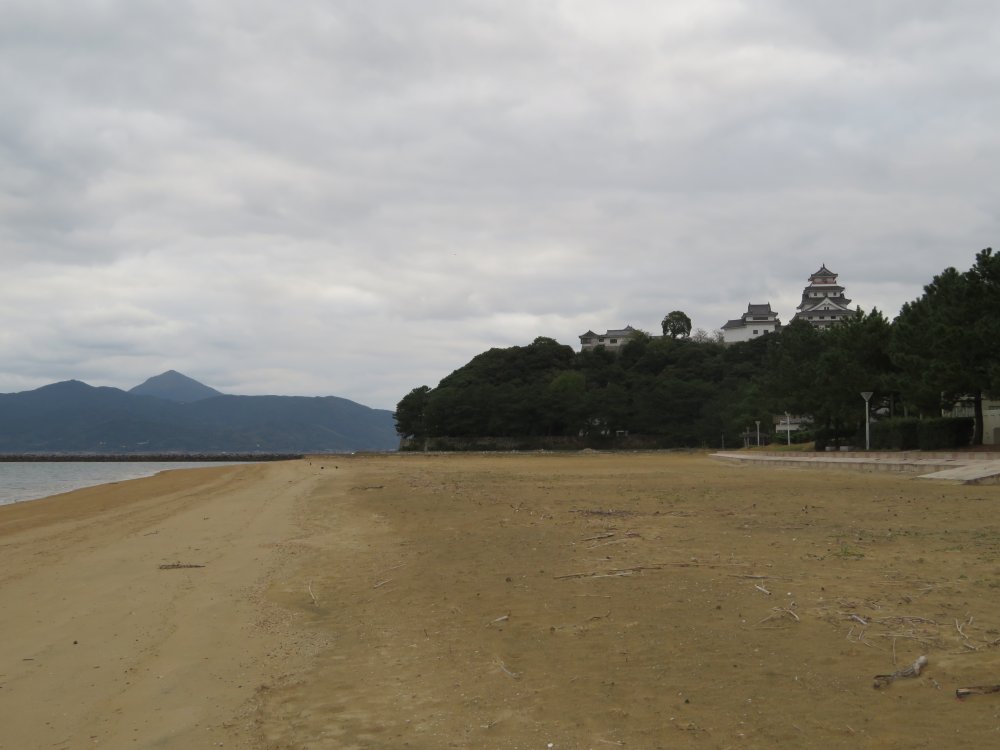
On the seaside of Karatsu Bay, with Karatsu Castle on the right.
It was pouring when we arrived at the ryokan in Karatsu, close to the castle and facing the beach. I had thought that it was a restaurant offering lodging, but I understand that it was the other way around. In any event, a lady came out, showed us the car park, and brought us umbrellas. We went to the small reception, and it didn’t take us long to complete the registration. The receptionist, who I thought could be the owner as well, asked us if we had brought vaccination certificates, which we had forgotten to bring with us. “We ask because we are offering free drinks to guests. But let me see what we can do.”she said. With that we were shown to our room upstairs on the second floor. We were told that the public bath was on the ground floor, but it appeared that the bath was busy at the moment with some families. We decided that it would be better to wait till closer to dinner time, which was the right decision as I had the entire bath for myself and was able to relax from the long day.
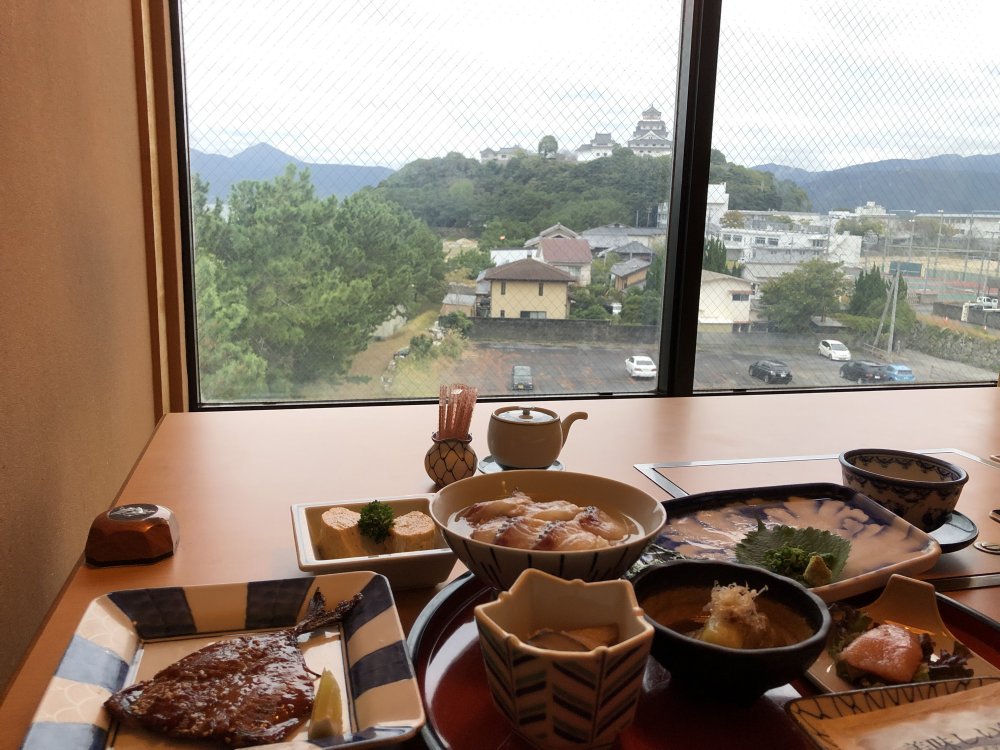
The ryokan we stayed in Karatsu had opened a restaurant open to non-hotel residents with a great view of Karatsu Castle, where breafast was served.
I was looking forward to dinner, as I had ordered a course including squid sashimi from Yobuko close to Karatsu and famous for its fresh squid. Dinner was served in our room, which I guess has now become standard practice with the pandemic. Luckily I got my free sake. The squid came first after the appetizer. The squid was still transparent, testifying how fresh it was. It was really delightful. This was followed by a sweet simmered head of seabream, some Saga Beef cutlets and fried blowfish. I must say it was one of the best (mainly)seafood dishes I’ve ever had. I really recommend travelers to try seafood dishes on the Saga coast. It was a most enjoyable dinner.
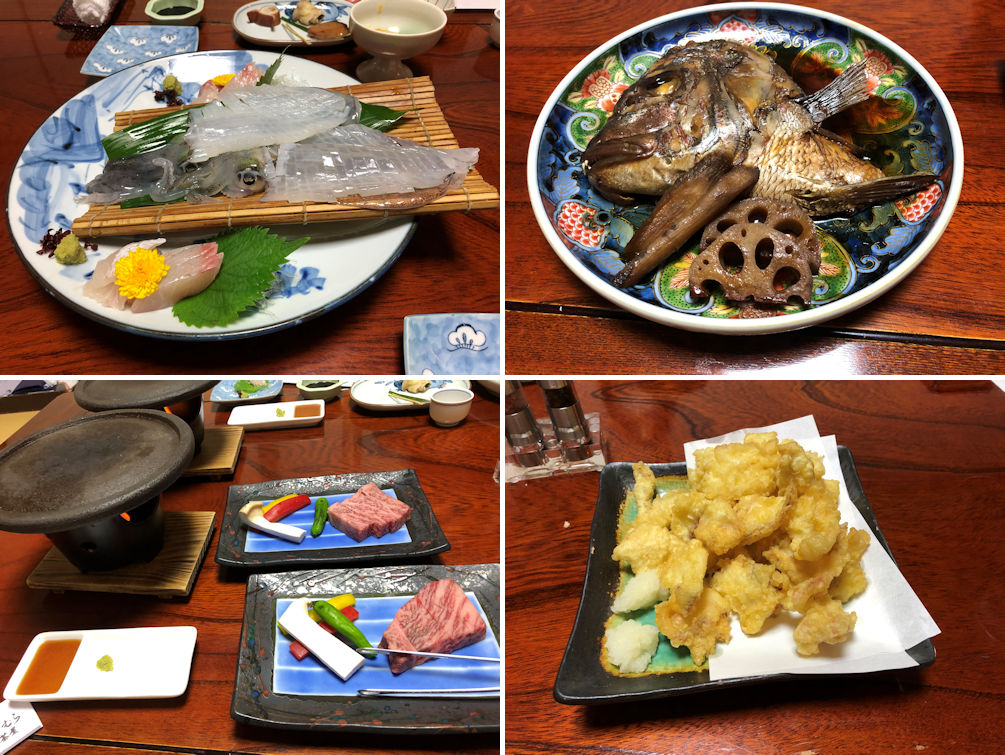
Dinner was quite a feast with the fresh transparent squid sashimi (upper left), sweet simmered head of seabream (upper right), Saga beef (lower left) and fried blowfish (lower right).
The next morning, we paid a visit to a municipal history museum, Matsuro-kan
in Karatsu City. This wasn’t in my original plan, but at Yoshinogari, I
learned of the existence of the earliest rice growing site in Karatsu City,
and thought I shouldn’t miss the opportunity to visit the site since I
was staying in Karatsu. The museum was built on this site called the Nabatake
site. The name Matsuro is derived from a kingdom mentioned in an ancient
Chinese writing which is believed to have existed in the area. We paid
the admission fee of 210 yen and browsed the museum. We learned a lot about
early rice growing. The Nabatake site can be dated back to the 6th to 5th
century B.C. The people living here at that time, according to the museum
still led a Jomon style life, characterized by hunting and collecting food
from the forests. Rice growing did not become mainstream until crop yield
trebled in later centuries. It appears it is becoming increasingly difficult
to draw a line between the Jomon and Yayoi eras. Unfortunately they have
no English description. There is not that much to see other than some excavated
pottery. We then went outside into the rice growing site which is now a
municipal park. Other than a reconstructed paddy site, there are some ouside
displays of a grave brought here from a neighborhood site and a reconstructed
dwelling.
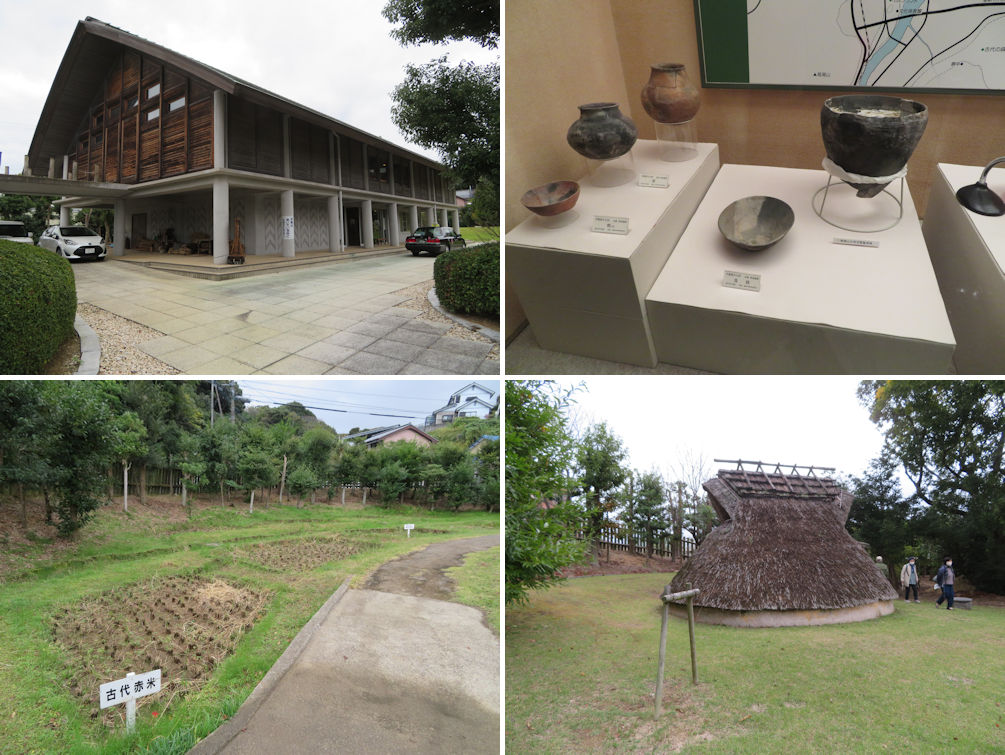
The history museum (upper left), some pottery displays (upper right), the reconstructed rice growing field in the back of the museum (lower left) and a reconstructed dwelling based on the remains of a dwelling in the Nabatake site (lower right).
We left Karatsu and headed for our next destination, Imari City. I didn’t know much about Imari until this trip. All I knew was that Imari is called the Little Kyoto of Saga, and that all ceramics from this area came to be known as Imari porcelain as the porcelain were exported through the port of Imari. Not knowing what to expect, we parked our car in front of Imari Station and took a walk north along high street. It was different from what I had imagined for a place called Little Kyoto. The buildings and the street seemed much more modern than that. However there were some interesting sites, such as the former port under the bridge from where porcelain were sent out to be loaded on larger ships, the ceramic objects along the street and the automaton clock.
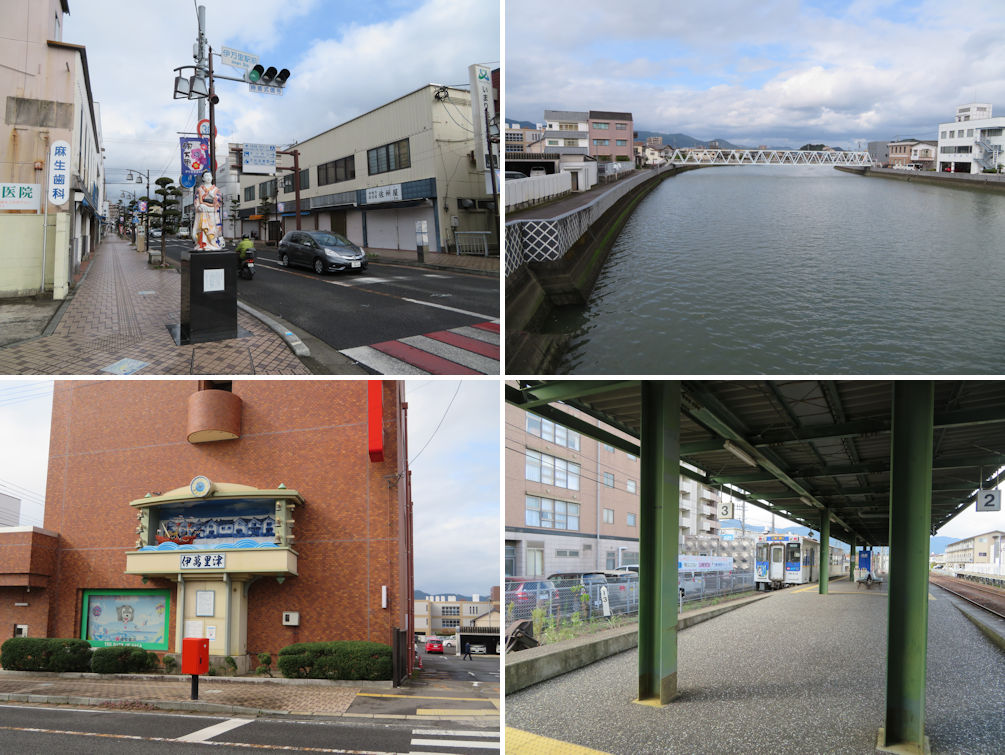
View of High Street, looking north from Imari Station (upper left), the former loading point from where porcelain were sent out to be loaded on larger ships (upper right), the automaton clock, with the description of "Ancient Imari Port" (lower left) and Imari Station, where a Matsuura Railway train to Arita City was waiting to depart (lower right). The route was formerly part of Japan National Railway (now JR Kyushu).
From there we drove a couple of miles into the mountains to Ookawachiyama. The founder of Saga (Nabeshima) han (feudal domain) Naoshige Nabeshima partook in the invasion to Korea in the late 16th century, and Korean immigrant potters started production of porcelain using china clay found in this area. The Nabeshima Family encouraged production, and in the latter half of the 17th century placed production under its direct control. Throughout the Edo feudal era, the area was put under strict control to prevent divulsion of the technique. The extravagant porcelain were offered as a tribute to the Tokugawa shogun. Although direct management and protection was discontinued after the Meiji Restoration, the tradition has continued to this day in this remote area.
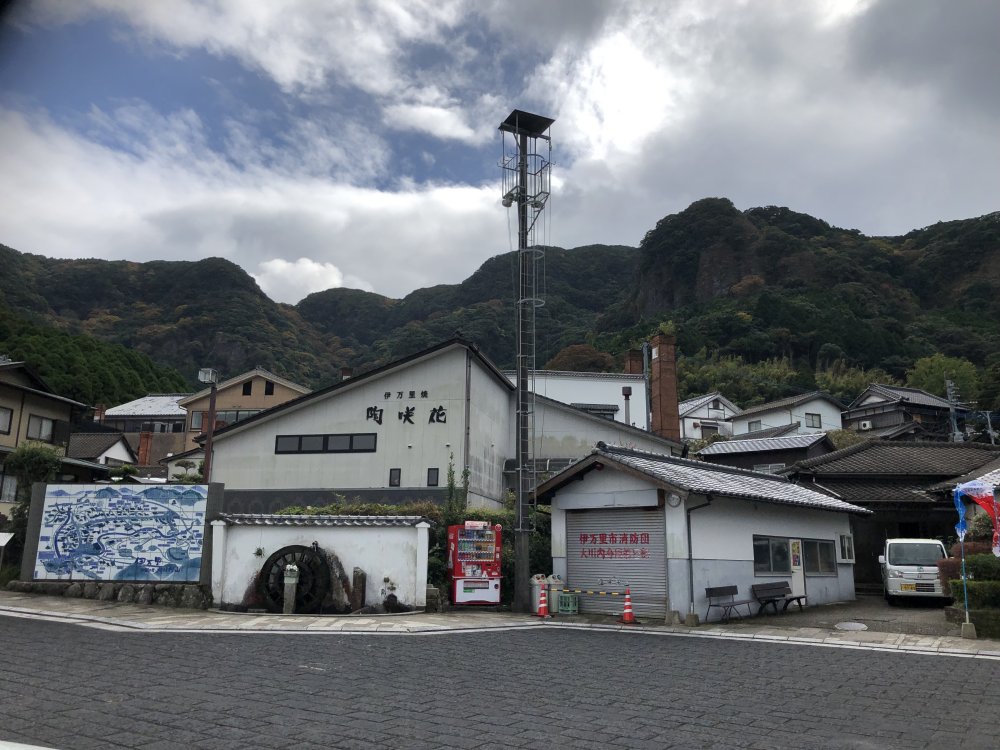
There are about 30 potteries tucked in the hills.
We first visited the Imari Nabeshima Kaikan (hall) to browse their display of Nabeshima porcelain which are on sale as well, followed by a visit to the adjacent Imari Arita Dentou Kougei Kaikan (traditional art center) with further displays of not-for-sale historical ceramics. Admission is free. We then strolled the area. Of particular interest was the shed grinding the clay run by water along a river. I understand that there were numerous such sheds along the river in the heydays. This is certainly a secluded and mysterious place that travelers should not miss.
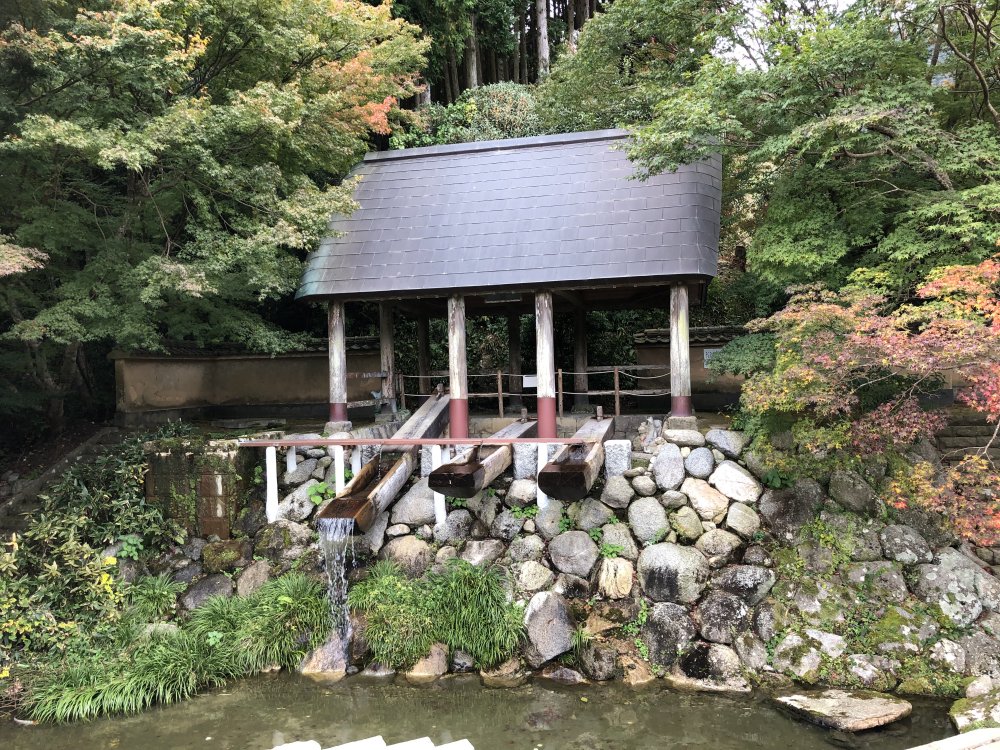
Of particular interest was the shed grinding the clay run by water along a river.
We headed south to our last destination, Yuutoku Inari Shinto Shrine. Inari shrines worships Ukanomitama (also known as Inarinoookami), the Goddess of harvest. Foxes are believed to be messengers of Ukanomitama, hence Inari shrines are linked to foxes. All I knew of Yuutoku Inari was that it is one of the most popular of the approximately 30,000 inari shrines in Japan. Just out of interest, a few inari shrines such as the Toyokawa Inari, in Aichi Prefecture are not Shinto shrines but related to Buddhism. It was past two o’clock, and we wanted to have a late lunch before visiting the shrine. As is customary in Japan, there are many gift shops and restaurants along the path leading to prominent Shinto shrines and Buddhist temples. To our dismay, we found that the shops had already started to close. My advice to travelers is to visit early or eat elsewhere. We had to settle for some Japanese sweet manjuu (dumpling) instead.
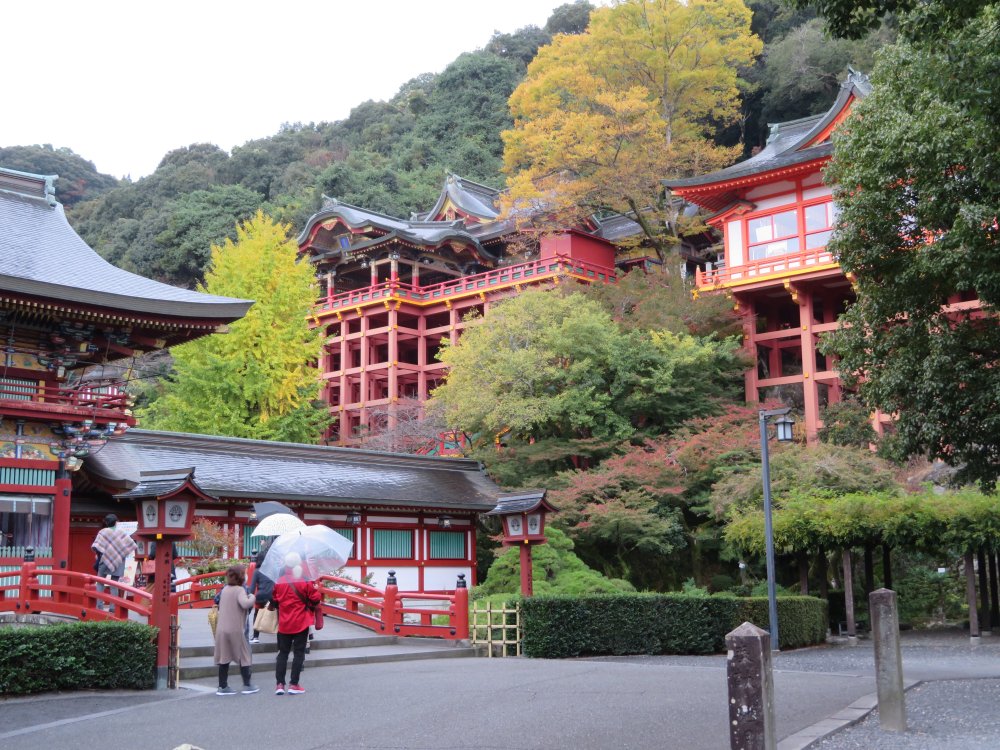
Yuutoku Inari was far more grander than I had expected.
Yuutoku Inari was far more grander than I had expected. Built with the hill in the back, the main shrine is located 18 meters above the ground level of the entrance grounds, so visitors go up the steps from one side and come back from the other side. With its bright colors, the view of the shrine from ground level is quite awesome.
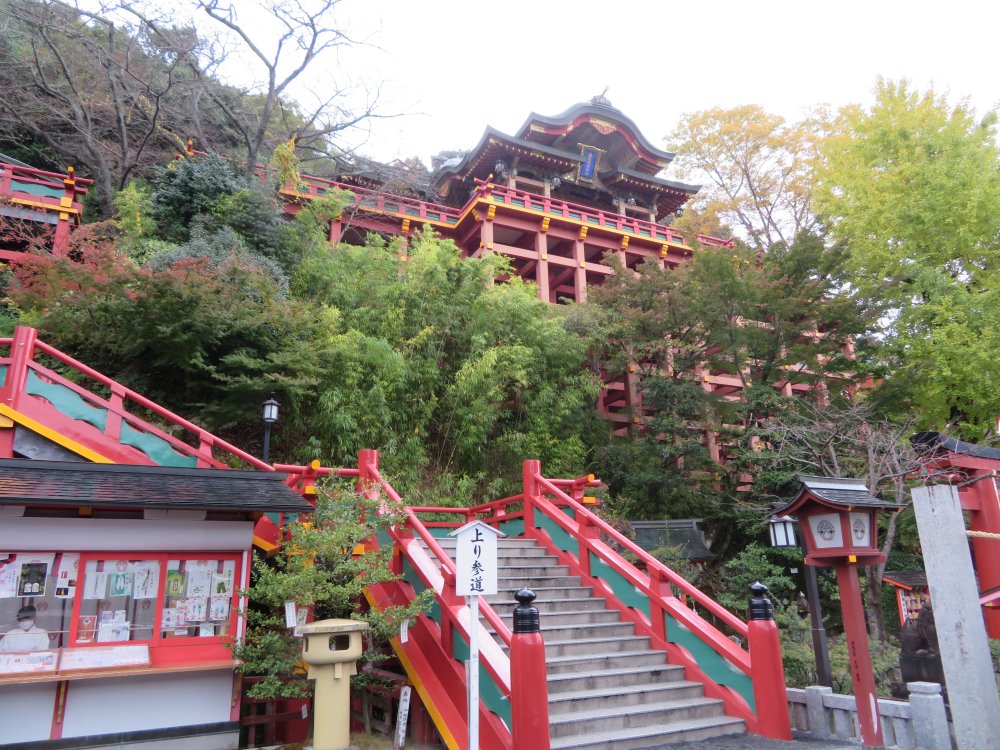
Visitors go up the steps from this side and come back from the other side.
In the Edo era, Kashima was a sub-domain of the Nabeshima Family governing from Saga, and was put under another Nabeshima Family, descendants of the founder of the main Nabeshima Family. It was the wife of the third lord of Kashima that founded this shrine. In her late years, she took to Gods and Buddhism, lived among the commoners and earned their respect. She is also worshipped here as a deity according to Shinto tradition. It had started to rain, but we went up the steps to visit the main shrine (honden). As we left the honden, we noticed the steps leading to the Okunoin (a shrine or temple dedicated to the founder of shrines and temples, usually in the far back of the main shrine or temple) with numerous torii gates along the path. Unfortunately we did not have time to visit the Okunoin further up the hill on this occasion.
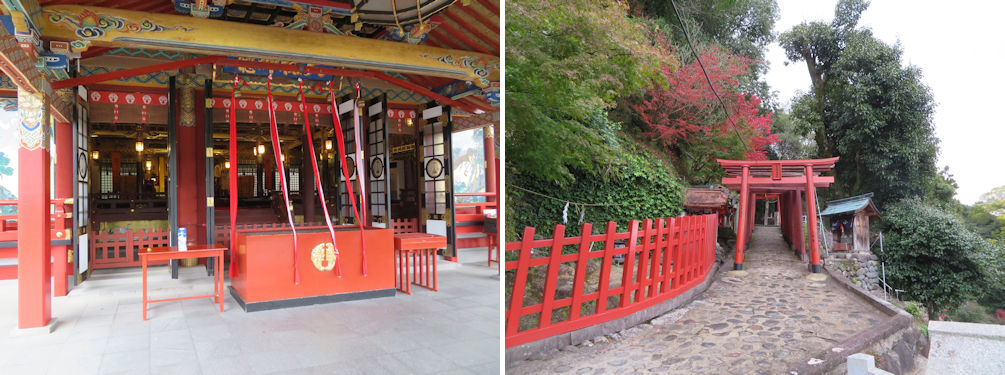
The main shrine on the elevated level (left) and the path with the torii gated leading to the Okunoin (right).
We left Yutoku Inari, which is close to the border with Nagasaki Prefecture, to Nagasaki Airport. On the way, however, I noticed some signs to Hizenhamashuku, designated as an Important Preservation District for Groups of Historic Buildings. Hizenhamashuku was a lodging vilage on the side route (Tarakaidou) of the Nagaski Kaidou, a road established in the Edo era between Kokura in Fukuoka Prefecture and Nagasaki. Nagasaki Kaidou was an important road leading to Nagasaki, directly governed by the Tokugawa Shougun as the only port open to Holland and China. I could not resist the temptation, so not knowing exactly what to expect, I decided to pay a visit. Although we struggled through narrow roads to find the place, it turned out to be a well worthwhile visit. This was a row of Edo era breweries on both sides of the road. It was quiet with no visitors and most of the places seemed closed, but luckily we found one brewery that was open.
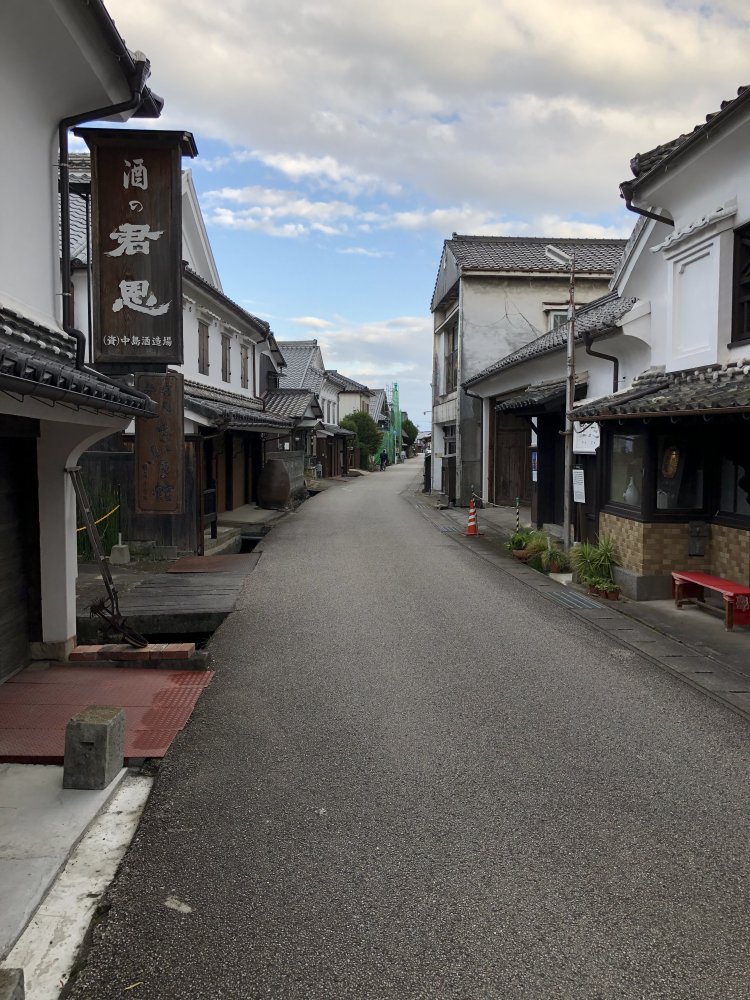
Row of Edo and Meiji era breweries on both sides of the road. It was quiet with no visitors and most of the places seemed closed.
The lady told us that there were more than ten breweries which has sadly dwindled to only three. They had also discontinued brewing in Hamahizen, but maintained their brand, Kun-on, which was now brewed in Karatsu. She also told me that the sake I enjoyed in Karatsu, was the same sake sold under another brand, Juraku-Taikou. It was sad to hear the same story in so many places. I bought a 720 ml bottle of their regular brand (futsuushu). I bid her farewell and headed to the airport. The two day excursion in Saga was far more rewarding than I had expected.
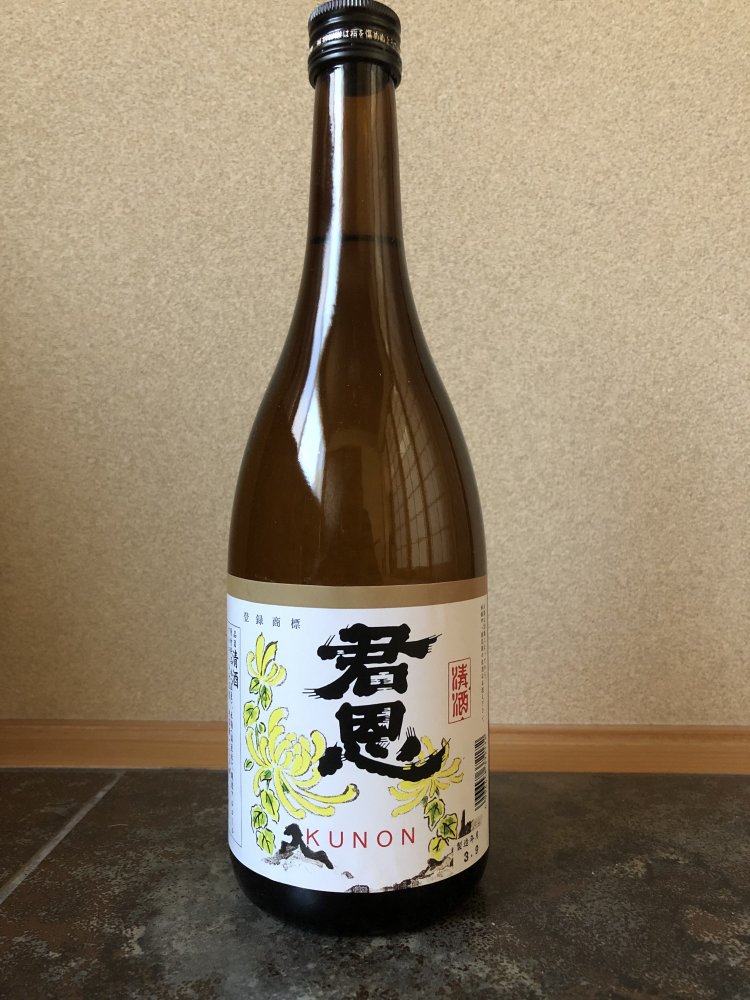
I bought a 720 ml bottle of their regular brand (futsuushu). It turned out to be slightly sweet and thick. I think it would go well with meat or fish.